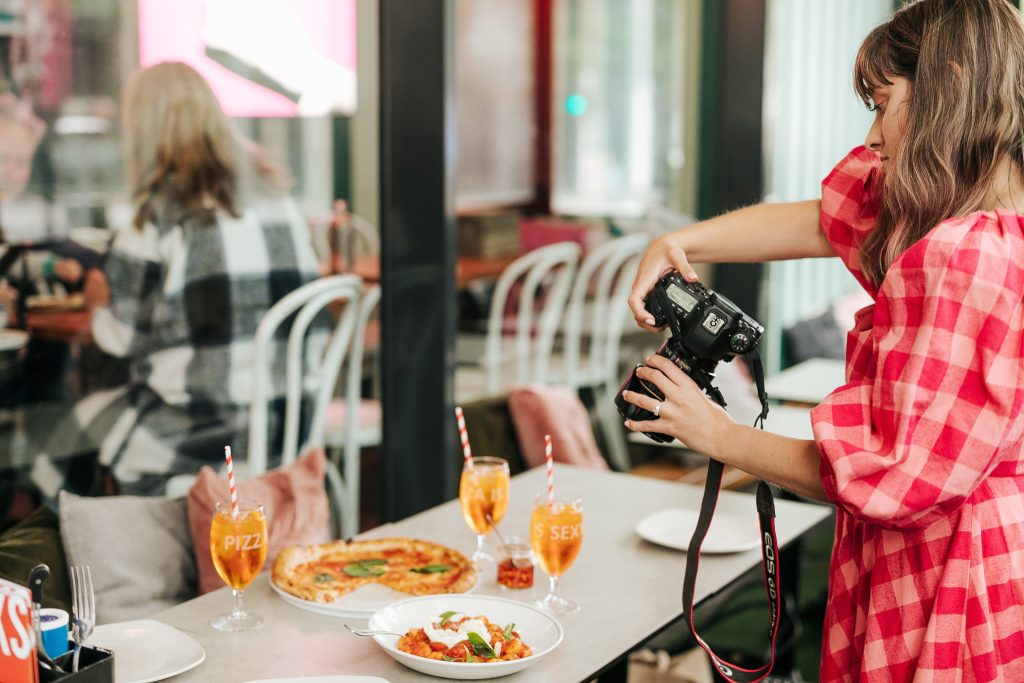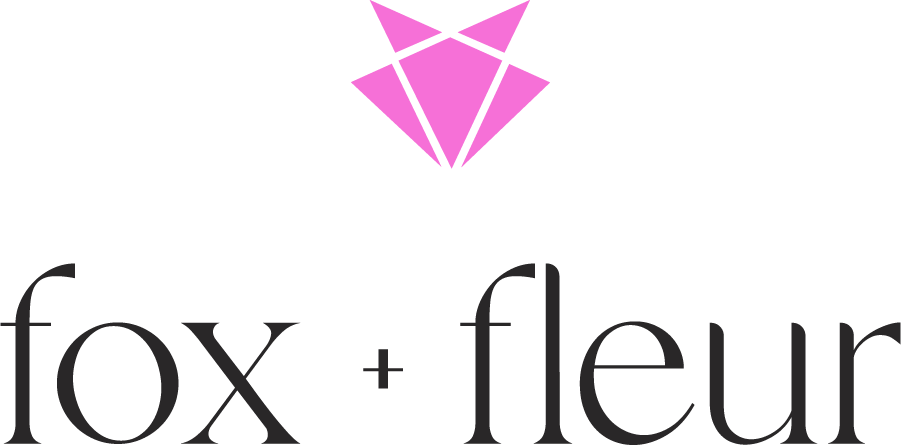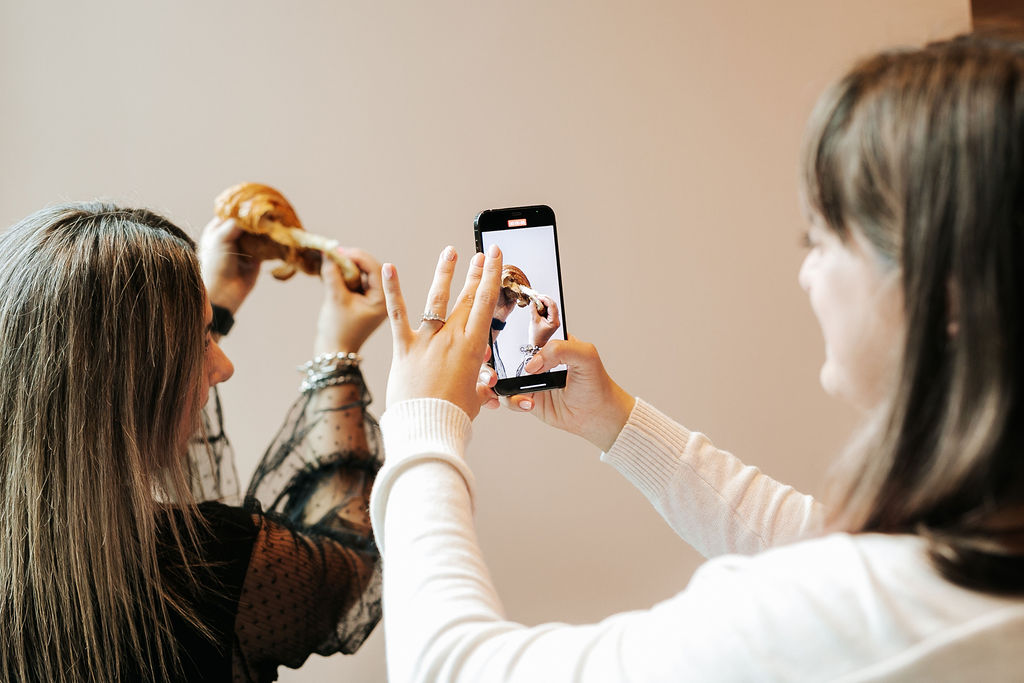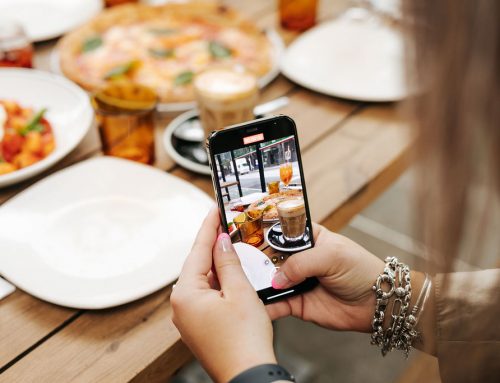Whether you are an established business or just starting out, one thing you’ll need to wrap your head around in the wonderful world of social media management, is working with and building great working relationships with influencers. However, it can often be confusing – how do they need to share the nature of their paid partnership with you? How does gifting fit in? We’re here to debunk some myths and get you on the right path, so you don’t end up with a hefty fine.
What is the difference between a paid partnership and a gift?
The lines were previously blurred around gifted, partnership and ad content, for both brands and for influencers – AimCO (Australian Influencer Marketing Council) has developed the Influencer Marketing Practice – for both brands and for influencers. This outlines the ethics around posting, brand content guides, deliverables and payments. So, what is the difference between a paid partnership, an ad or a gift? And what does this mean for your brand?
A paid partnership or #Ad
This is a paid partnership (ad) for both parties. In clear terms – the brand will pay for the ad to be developed. Usually the influencer will shoot and develop the content and caption, this will then be approved by the brand, and then the influencer will post. This requires the influencer to follow the brand’s direction. It must be tagged as a paid partnership and have #PaidPartnership or #Ad as the first line in the caption.
PR Gift or #Gifted (no obligation to post)
This is when a gift (for example, clothing or skin care etc) is given to the influencer with no obligation to post. Many influencers will post about the product out of goodwill, but there should be no obligation that the influencer has to post about your product just because you’ve sent it to them. If they do post, they will need to use either #gifted or #prgift.

PR Gift or #Gifted (obligation to post)
Some influencers will post about your content on agreed term guidelines (for example, a story or a tile post) – this should be tagged as #Gifted or #PrGift. This is a predetermined notion that the influencer will, in order to receive the product, develop a story or a tile (or the like that is determined by the brand). This must be the direction of the influencer and cannot be approved by the brand.
Invite or Event
You may see this pop up if your brand is launching a new product at an event, or you invite influencers along to your cafe. This means that they were invited, their meal (or equivalent) was paid for by the business and they posted about it (pre-determined by the business about what content will be delivered). Usually, if an influencer is invited to an event, they may post about it in their stories/reels etc – it really depends on the situation.
Whose responsibility is it?
Many brands think the responsibility falls on the influencer to get the tagging right, but this isn’t true. It’s crucial that brands and influencers ensure the right tag is used as per the AimCo guidelines. If not, there are upwards of $20,000 fines for both the brand and the influencer, so it’s important the business ensures this is being done correctly from the outset.
Think of influencers as an extension of your business – your cheerleaders on the outside. Many influencers end up forging long-lasting partnerships with brands, so find and work with people who elevate your brand and are aware of the guidelines. If you like their content, feel they really get your brand story and they are equally as enthusiastic, then go for it, but make sure both parties are clear about the relationship they’re entering into. You might find our do’s and don’ts for working with influencers article useful too.





[…] use this blog article we prepared as a bit of a checklist before you […]